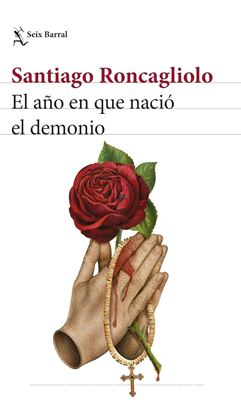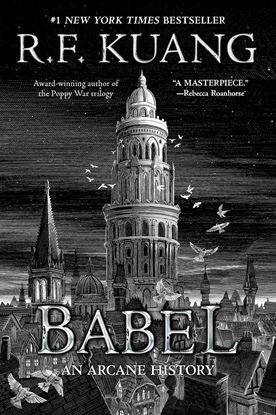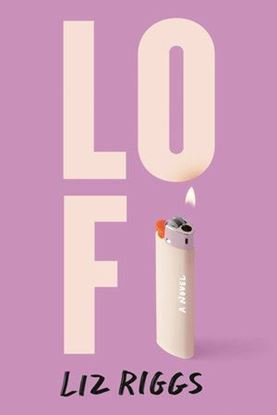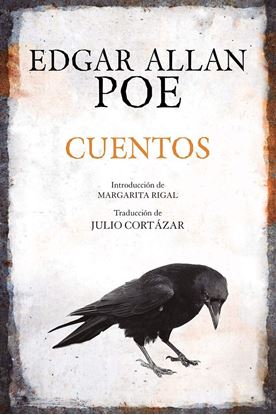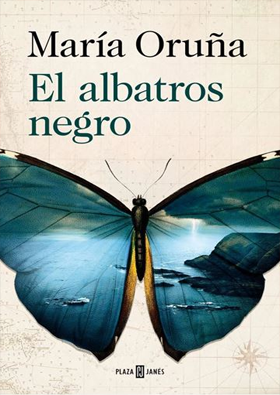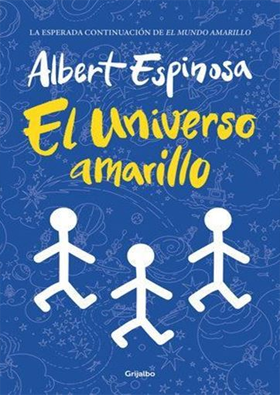

BOSS (DOMINIO 1) (ARG)
Cuando las James llegan los santos se persignan y las monjas aprietan el rosario. La Bratva lo tiene claro y por ello tienen una regla universal y es: no te enamores de la presa.
Pero ¿qué pasa cuando una chiquilla de ojos azules entra como el impacto de una bala rompiendo sus normas?
Ilenko Romanov es el boss de la mafia rusa y Vladimir es su heredero, ambos tienen claro que las James son armas mortales, pero Emma exuda un morbo que demuestra que es tan aguerrida, sensual y peligrosa como todas las mujeres de su apellido.
Ellos tienen reglas y ella vive sin límites. Límites que sobrepasan ideales, reglas y prejuicios al punto de cambiar planes que parecían perfectos.
1,950
1,463
EL AÑO EN QUE NACIO EL DEMONIO
Virreinato del Perú, 1623. En una noche negra como ninguna otra, el demonio se hizo carne en la Ciudad de los Reyes cuando, en el convento de Santa Clara, una novicia dio a luz a una horripilante bestia de dos cabezas, lengua bífida y ocho extremidades. El nacimiento del engendro coincide con la aparición en la capital de una mujer de nombre Rosa, quien, se dice, es capaz de hablar con Dios y con el Diablo. Bruja o santa, se ha convertido en objetivo del Santo Oficio, que no descansará hasta revelar las verdaderas intenciones de la joven, así como su posible relación con el parto demoniaco y los terribles hechos que se desencadenarán con él.
En una ciudad enlodada por el crimen y la corrupción, asolada por malos augurios y vientos de incertidumbre, Alonso Morales, un novato alguacil del Santo Oficio, dará testimonio de la llegada del Maligno en tanto descubre cuán difícil es distinguir los caminos que separan el bien del mal.
1,450
BABEL (PB)
1828. Robin Swift, orphaned by cholera in Canton, is brought to London by the mysterious Professor Lovell. There, he trains for years in Latin, Ancient Greek, and Chinese, all in preparation for the day he’ll enroll in Oxford University’s prestigious Royal Institute of Translation—also known as Babel.
Babel is the world's center for translation and, more importantly, magic. Silver working—the art of manifesting the meaning lost in translation using enchanted silver bars—has made the British unparalleled in power, as its knowledge serves the Empire’s quest for colonization.
For Robin, Oxford is a utopia dedicated to the pursuit of knowledge. But knowledge obeys power, and as a Chinese boy raised in Britain, Robin realizes serving Babel means betraying his motherland. As his studies progress, Robin finds himself caught between Babel and the shadowy Hermes Society, an organization dedicated to stopping imperial expansion. When Britain pursues an unjust war with China over silver and opium, Robin must decide…
1,450
LO FI
Most nights, you’ll find Alison Hunter at The Venue, the kind of sweaty Nashville spot that’s on the circuit for bands like Bon Iver and Death Cab. Sounds glamorous—but not for Al, who stamps hands at the door with Julien, the quiet coworker who treats her like a little sister. When she can sneak off, she bums drinks from the tattooed bartender and watches the bands, wondering if she’ll ever finish a song of her own after her disastrous attempt to play in public.
When a once-in-a-century storm hits and her lead singer ex-boyfriend shows up at the door, Al finds herself stuck in a perpetual cycle of late nights, new flings, and old flames. Obsessed with the disappearance of a troubled indie star, she slowly starts to lose it herself—until one reckless night threatens to derail everything. As propulsive and sexy as the rasp of a static-driven amp, Lo Fi is an openhearted tribute to the messy truth of the creative life, the clash of lust and love, and the yearning to be heard.
1,900
1,425
CUENTOS (POE) (TD)
Casi siempre ignorado por sus contemporáneos, el genio atormentado de Edgar Allan Poe no tardó en ser reconocido tras su muerte por autores de la talla de Baudelaire, Dostoievski, Jules Verne o Mallarmé. En la actualidad, sus cuentos son considerados como perfectas obras pioneras del terror psicológico y también de otros géneros como la narración detectivesca o la ciencia ficción. Además de recopilar todos sus relatos breves, este volumen se abre con una completa introducción al universo tenebroso y oscuro de Poe, y presenta la célebre traducción de otro maestro del cuento: Julio Cortázar.
1,900
1,425
CIRCO MAXIMO (TRAJANO 2) (TD)
Circo Máximo es la historia de Trajano y su gobierno, guerras y traiciones, lealtades insobornables e historias de amor imposibles. Hay una vestal, un juicio, inocentes
acusados, un abogado brillante, mensajes cifrados, fortalezas inexpugnables, dos aurigas rivales, gladiadores y tres carreras de cuadrigas. Hay un caballo especial, diferente a todos, leyes antiguas olvidadas, sacrificios humanos, amargura y terror, pero también destellos de nobleza y esperanza, como la llama del Templo de Vesta, que mientras arde, preserva a Roma. Sólo que algunas noches la llama tiembla. La rueda de la Fortuna comienza entonces a girar. En esos momentos, todo es posible y hasta la vida de Trajano puede correr peligro. Y, esto es lo mejor, ocurrió: hubo un complot para asesinar a Marco Ulpio Trajano.
1,900
1,425



